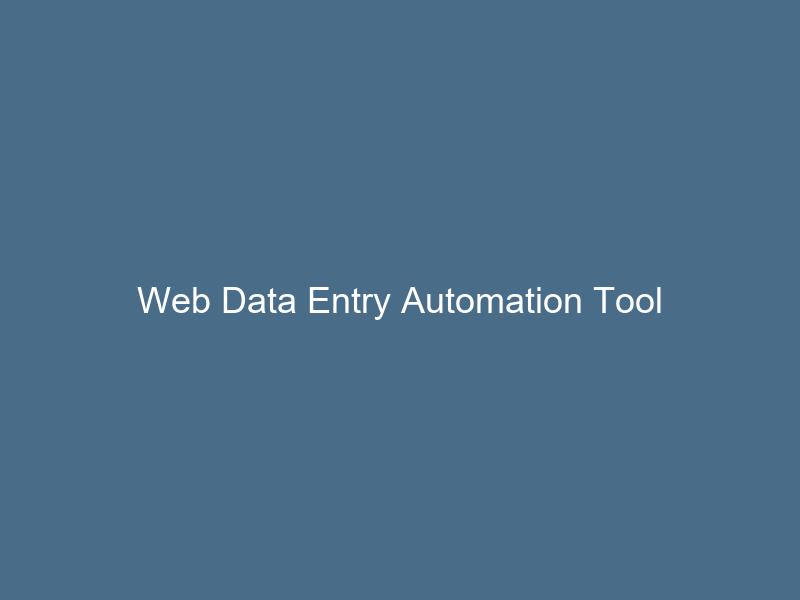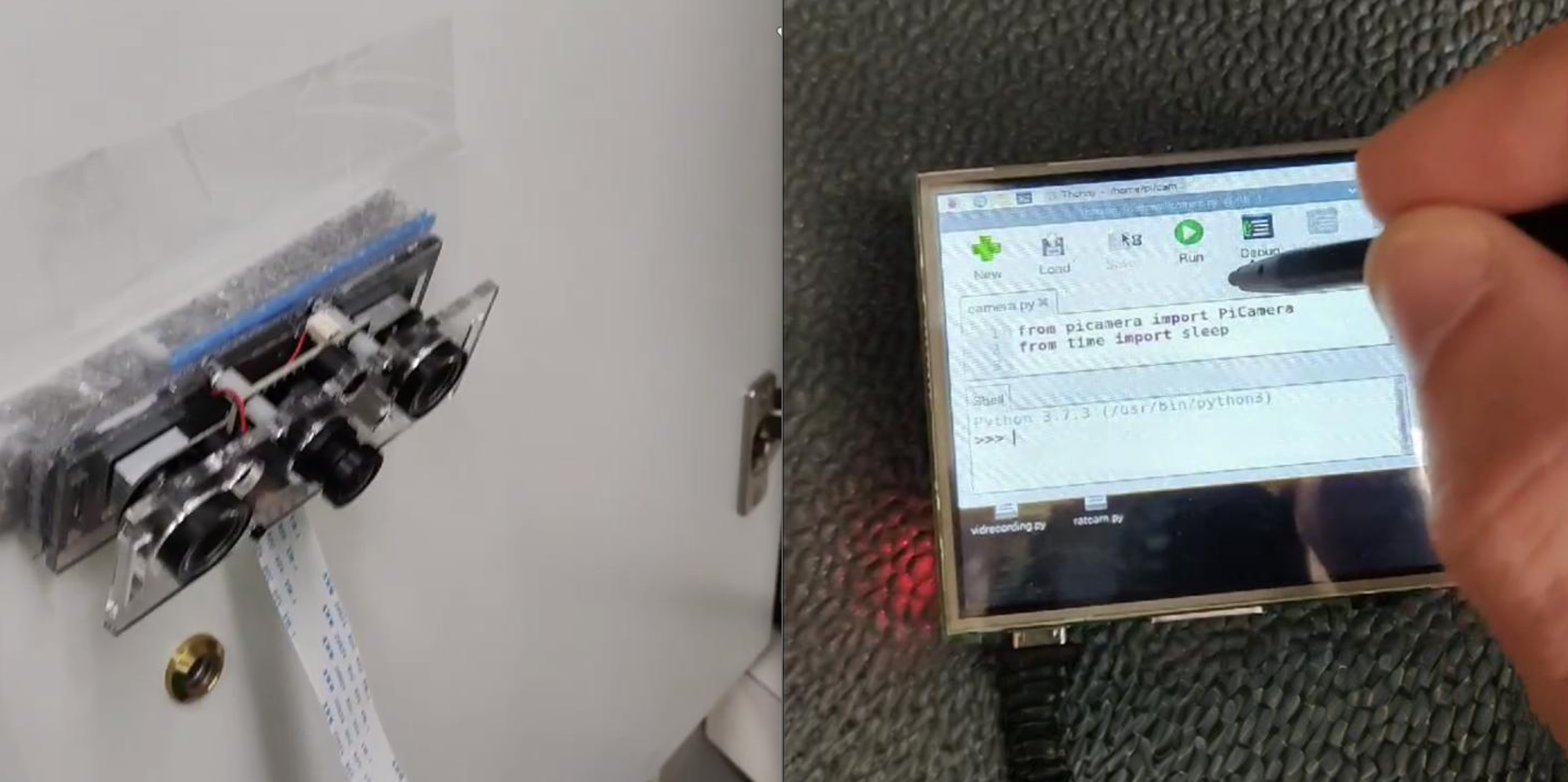Project Overview
The Web Data Entry Automation Tool is a specialized Python application designed to automate repetitive data entry tasks in web-based laboratory information systems. This solution addresses the significant time sink and error potential in manual data transcription from laboratory instruments to web applications.
Problem Statement
Laboratory technicians often spend hours manually transferring data from instrument outputs to various web-based systems. This process is: - Time-consuming - Error-prone - Mentally taxing - A poor use of skilled personnel
Solution
I developed a robust automation system using Python and Selenium WebDriver to: 1. Extract data from laboratory instrument exports (CSV, Excel, and text formats) 2. Intelligently parse and validate the extracted information 3. Automatically navigate through web application interfaces 4. Enter data into the appropriate fields with validation checks 5. Generate comprehensive logs and reports of all actions
Key Features
Data Extraction System
- Support for multiple input formats (CSV, Excel, TEXT, PDF)
- Template-based extraction for consistent formatting
- Data validation with configurable rules
- Error handling for inconsistent source formats
Web Automation Engine
- Robust Selenium-based navigation and interaction
- Configurable wait timings for dynamic content
- Element identification via multiple methods (XPath, CSS, ID)
- Error recovery mechanisms for unexpected page states
Validation & Quality Control
- Pre-submission data validation
- Checkpoint verification during entry process
- Post-submission verification
- Comprehensive logging and audit trail
User Interface
- Simple configuration interface for non-technical users
- Progress monitoring during automation runs
- Detailed reporting of completed actions
- Error alerts with suggested resolutions
Technical Implementation
Technology Stack
- Python 3.9
- Selenium WebDriver
- Pandas for data manipulation
- PyQt5 for desktop interface
- Logging module for audit trails
- ConfigParser for settings management
Architecture
The application follows a modular design with: - Data extractors for different input formats - Web action modules for specific web applications - Controller logic to orchestrate the process - Configuration system for customization - Reporting engine for output generation
Impact and Results
This automation tool has delivered significant benefits: - Reduced data entry time by 95% (from hours to minutes) - Decreased error rates from approximately 3% to less than 0.1% - Freed up approximately 15-20 hours per week of technician time - Improved data consistency across systems - Enhanced audit trail for regulatory compliance
Challenges and Solutions
Challenge: Dynamic web elements that change position or ID Solution: Implemented multiple identification strategies and fallback mechanisms
Challenge: Handling unexpected pop-ups and alerts Solution: Created a comprehensive exception handling system with recovery procedures
Challenge: Making the tool accessible to non-technical users Solution: Developed a simple GUI with clear configuration options and visual feedback
Future Enhancements
- Machine learning for improved data extraction from unstructured sources
- Browser-based extension version for easier deployment
- API integration for direct system-to-system communication
- Remote execution scheduling capabilities



